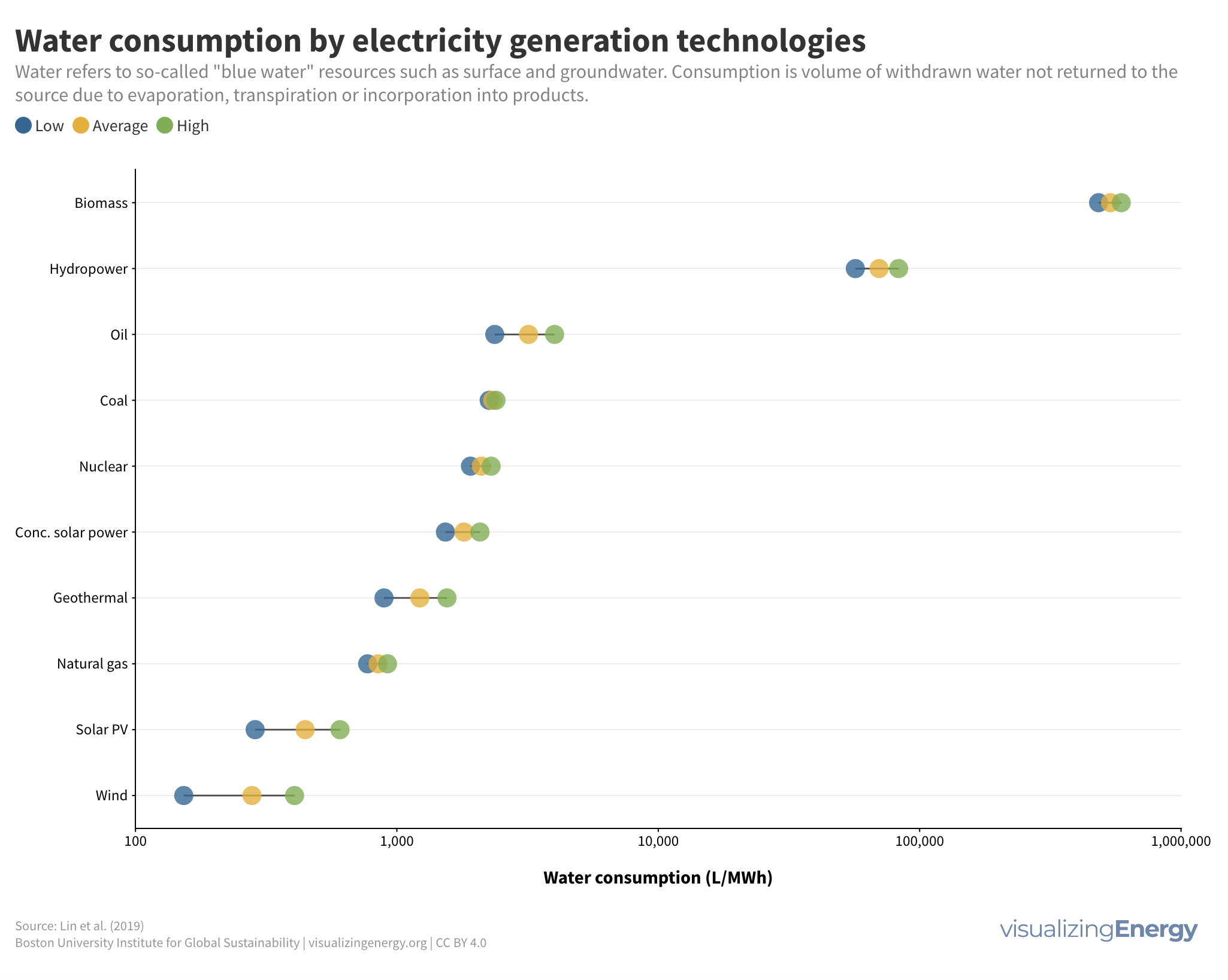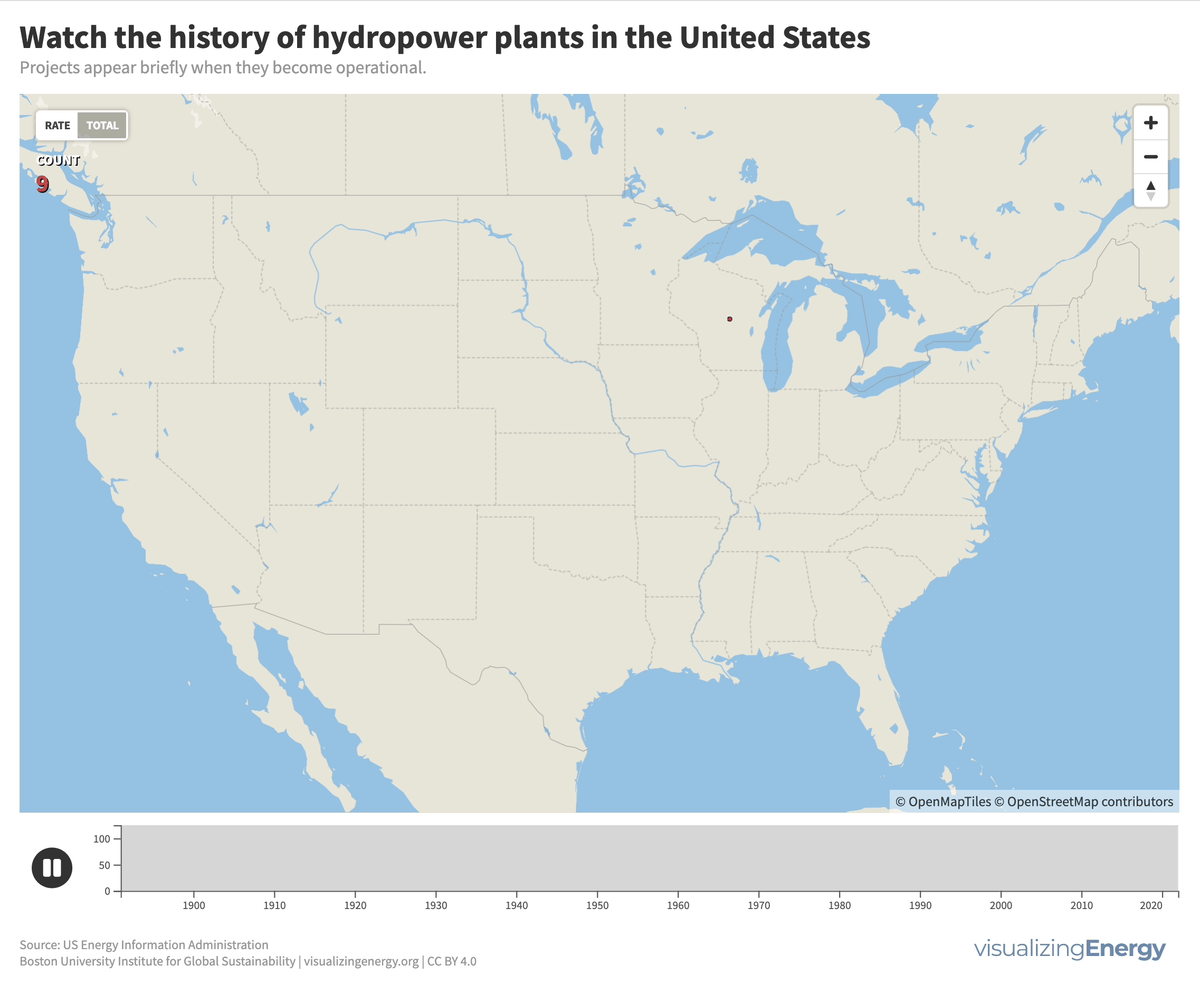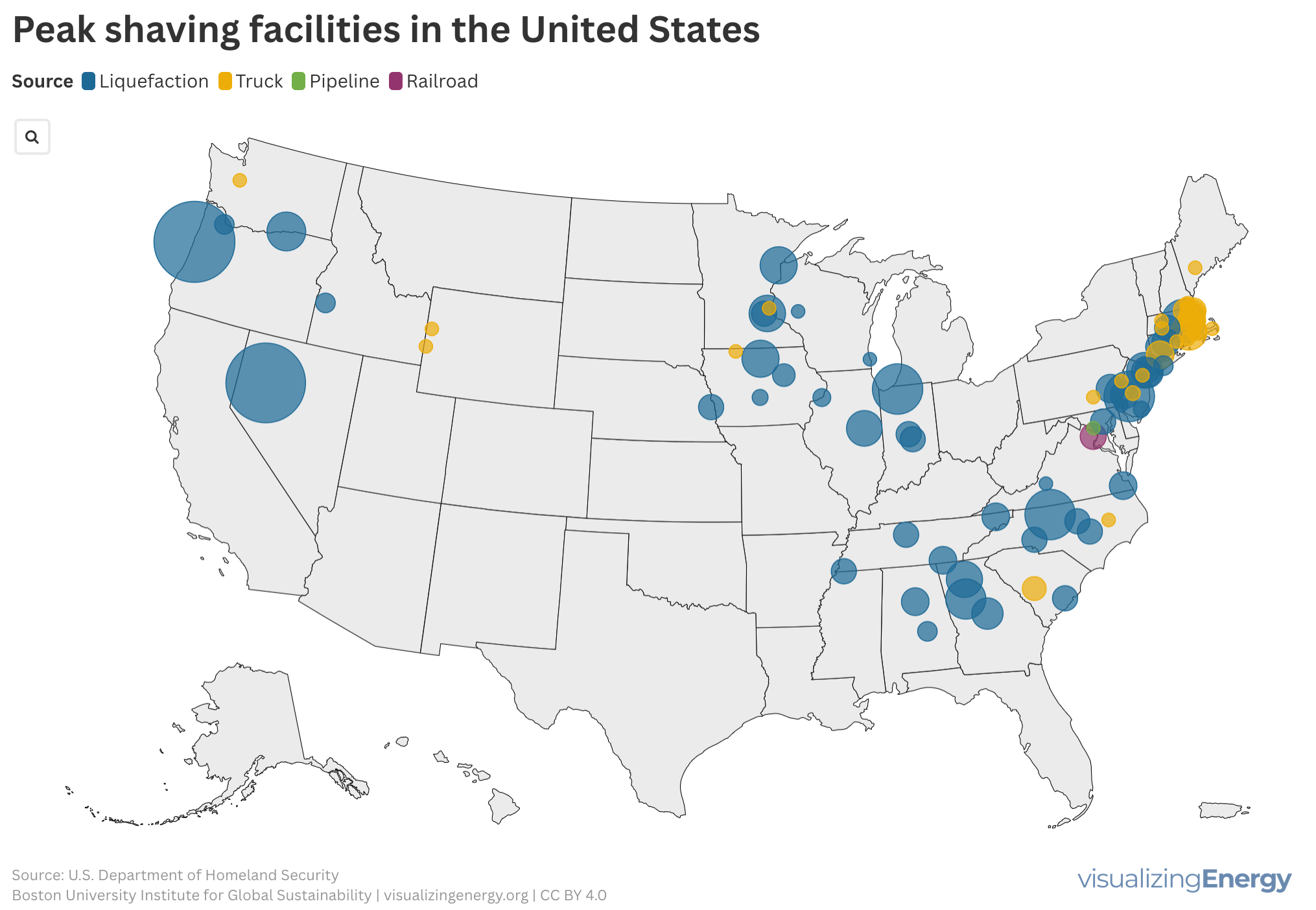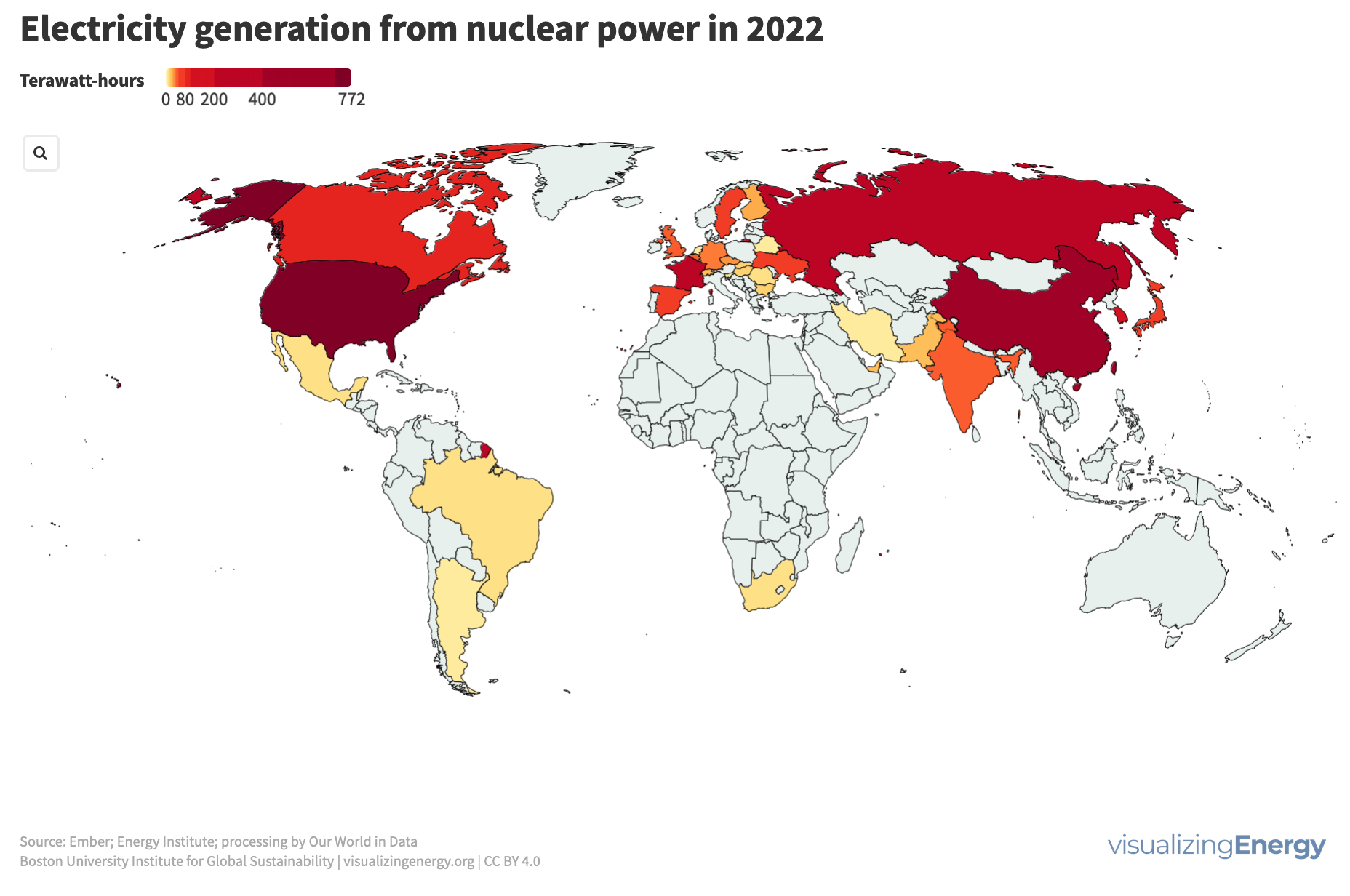
What methods of electricity generation use the most water?
In the twentieth century, global energy use grew tenfold, and global water use grew sixfold. Population growth and rising affluence are expected to drive continued
Electricity powers modern life and is central to the clean energy transition. Balancing rapid growth in demand from electrification and digital infrastructure with the need for decarbonization, affordability, and access is a defining challenge.

In the twentieth century, global energy use grew tenfold, and global water use grew sixfold. Population growth and rising affluence are expected to drive continued

More than 4000 hydroelectric dams have been built in the United States since the late 19th century, representing six percent of all-time additions to electric generation capacity from all sources.

A peak shaving facility is an energy system that balances fuel demand fluctuations, particularly for natural gas during peak usage times. It stores liquefied natural gas (LNG) at low demand and releases it when needed. Commonly found in metropolitan areas and regions with pipeline limitations, these facilities aid in preventing shortages and price spikes.

In 2024, 440 nuclear power reactors operated in 32 countries, generating 10% of the world’s electricity. The US, China, France, Russia, and South Korea are the top generators. France leads in nuclear power usage (63%), followed by Slovakia, Hungary, Belgium, and Slovenia. Ukraine’s nuclear operations were impacted by the 2022 Russian invasion, causing fluctuating reactor activity.

Dams serve various purposes such as navigation improvement, flood control, and electricity generation. There are over 40,000 dams worldwide, with significant hydroelectric capacity. The environmental impact of these large projects, including disturbance of ecosystems and displacement of communities, must be carefully assessed and balanced with their low-cost and low-carbon benefits.
© 2024 VisualizingEnergy. All Rights Reserved
License: Unless otherwise noted, all visualizations, data, and stories produced by Visualizing Energy are open access under the Creative Commons Attribution 4.0 International (CC BY 4.0). This means that you have permission to copy, transform, and redistribute the material in any medium, provided the source and authors are credited.

© 2025 VisualizingEnergy.
All Rights Reserved